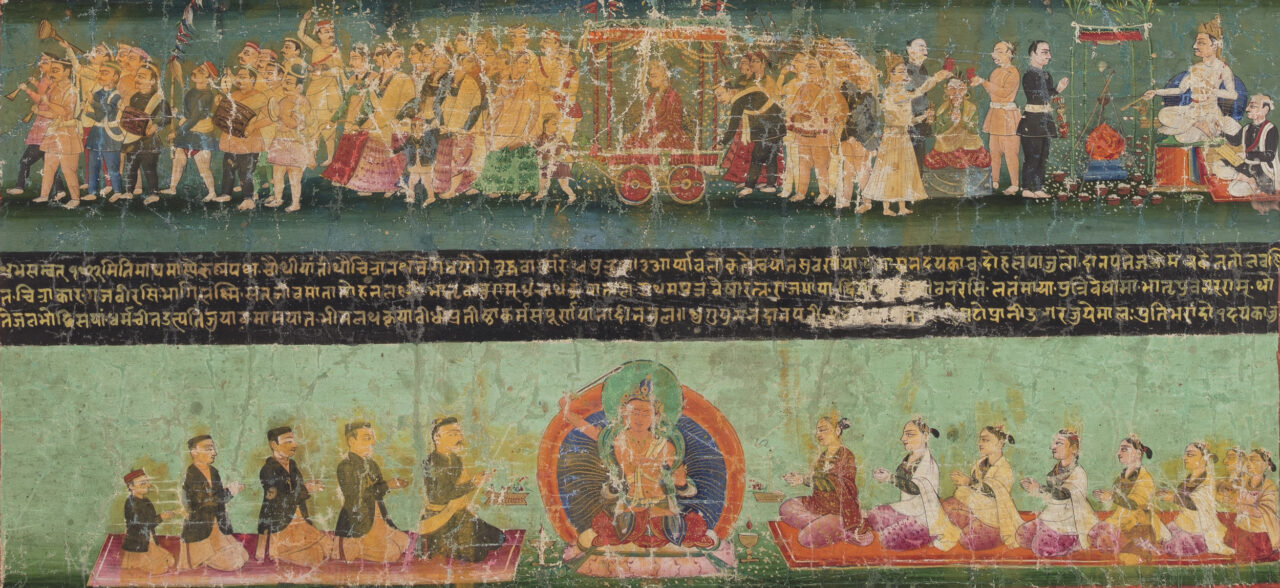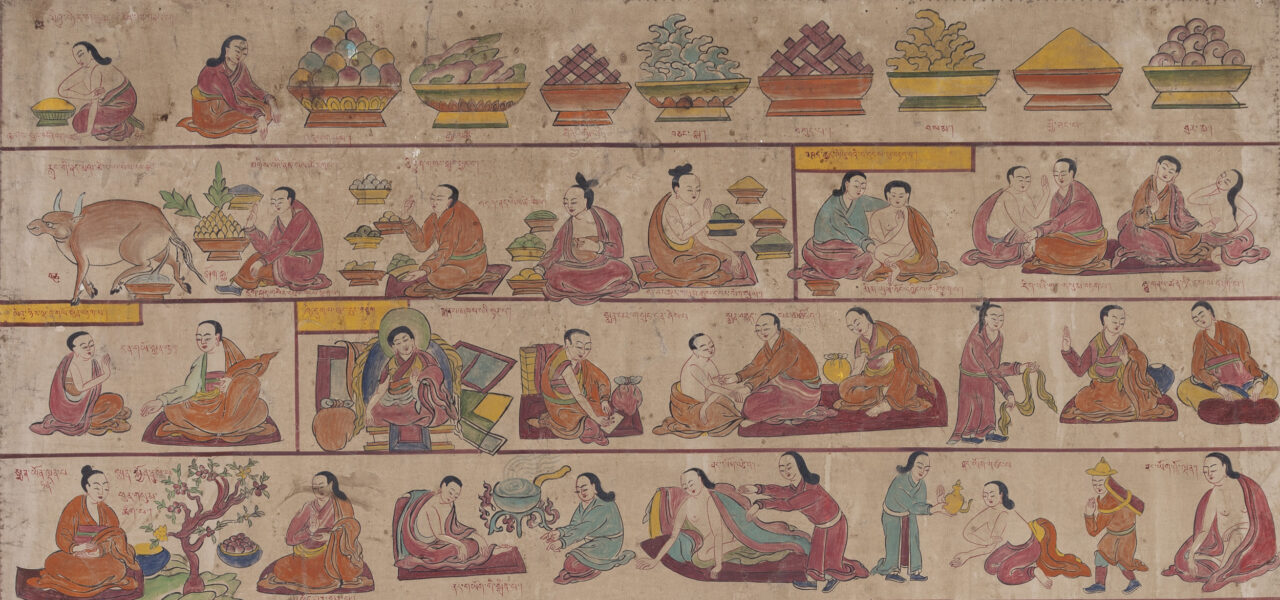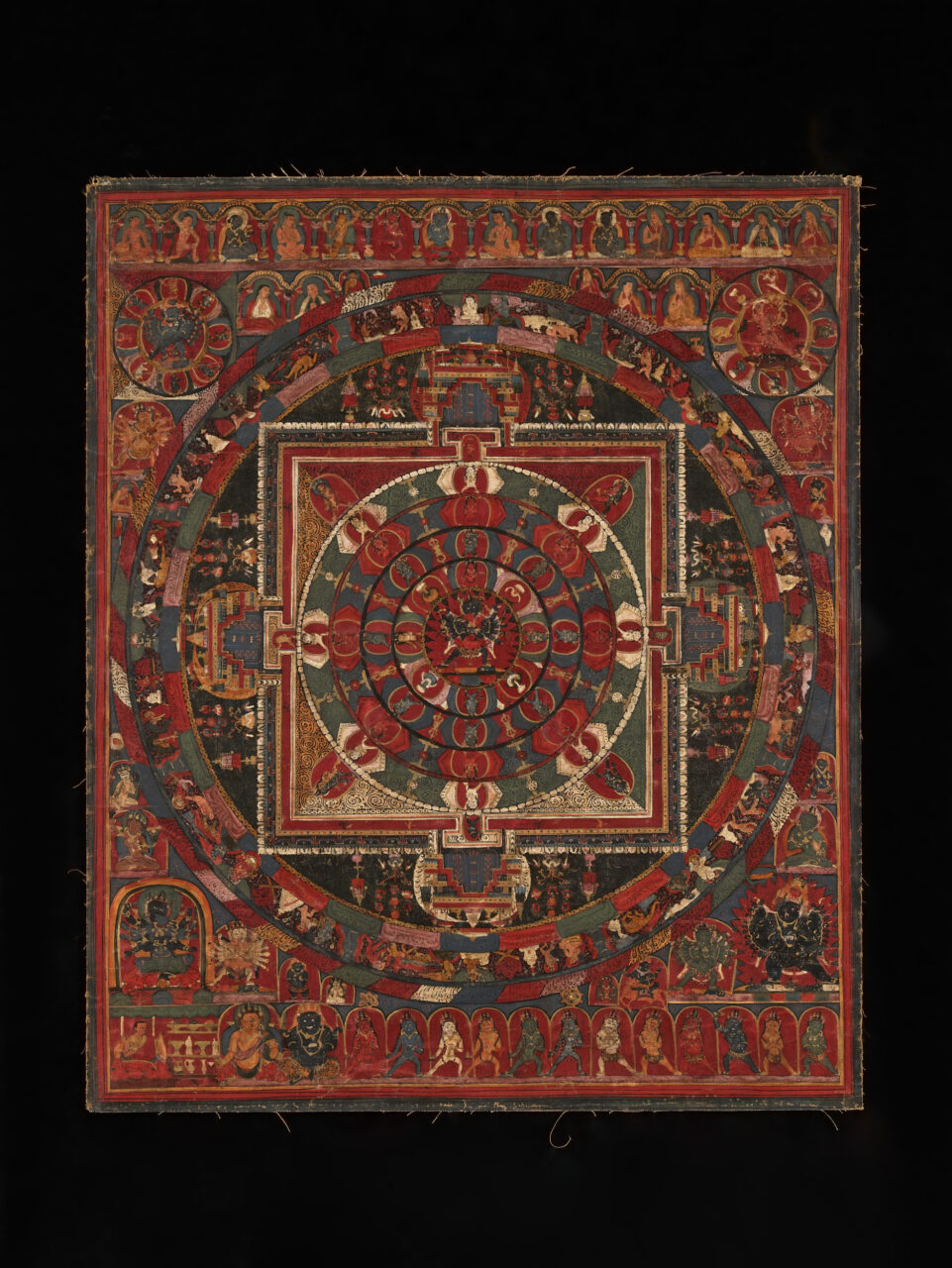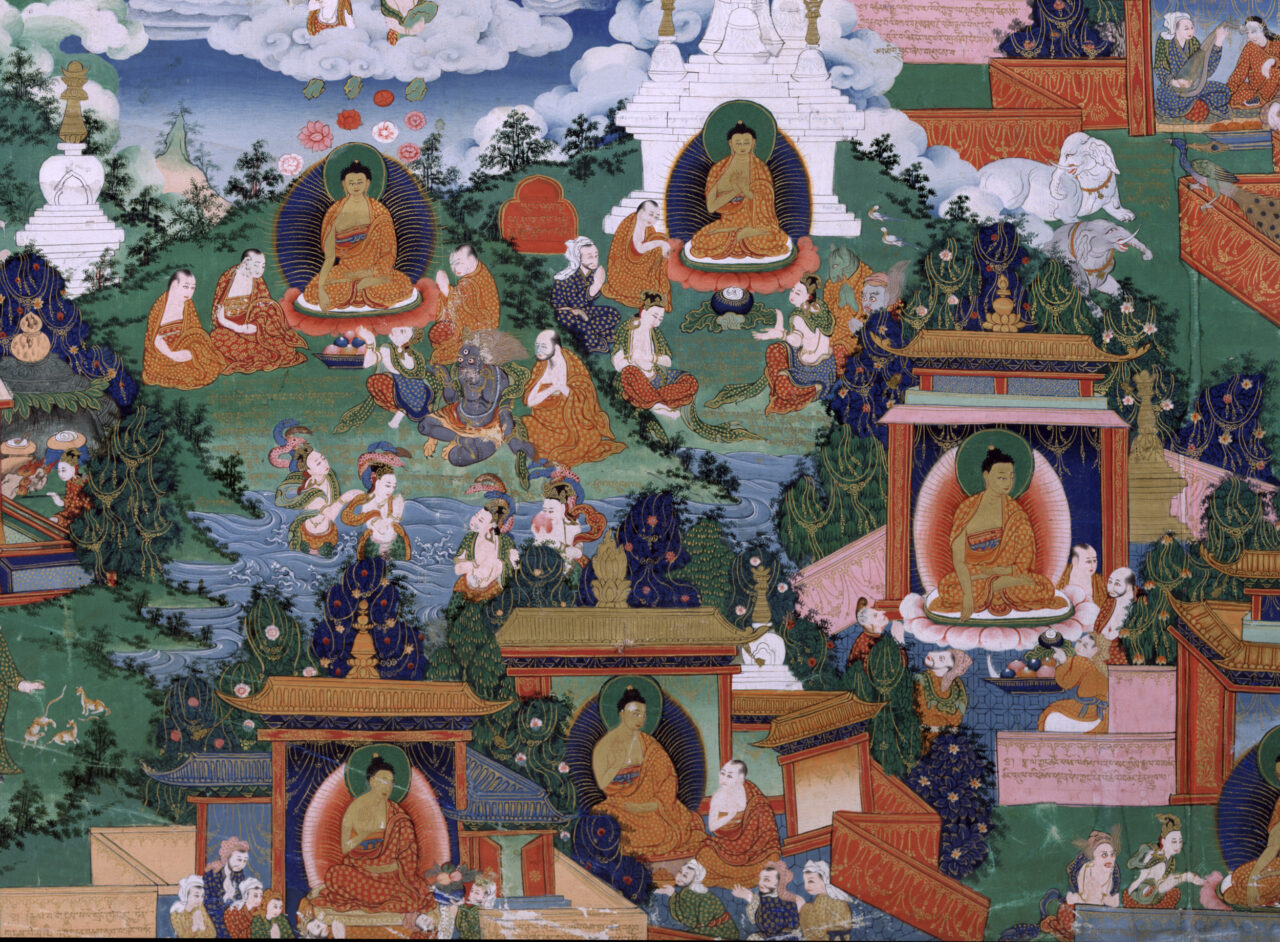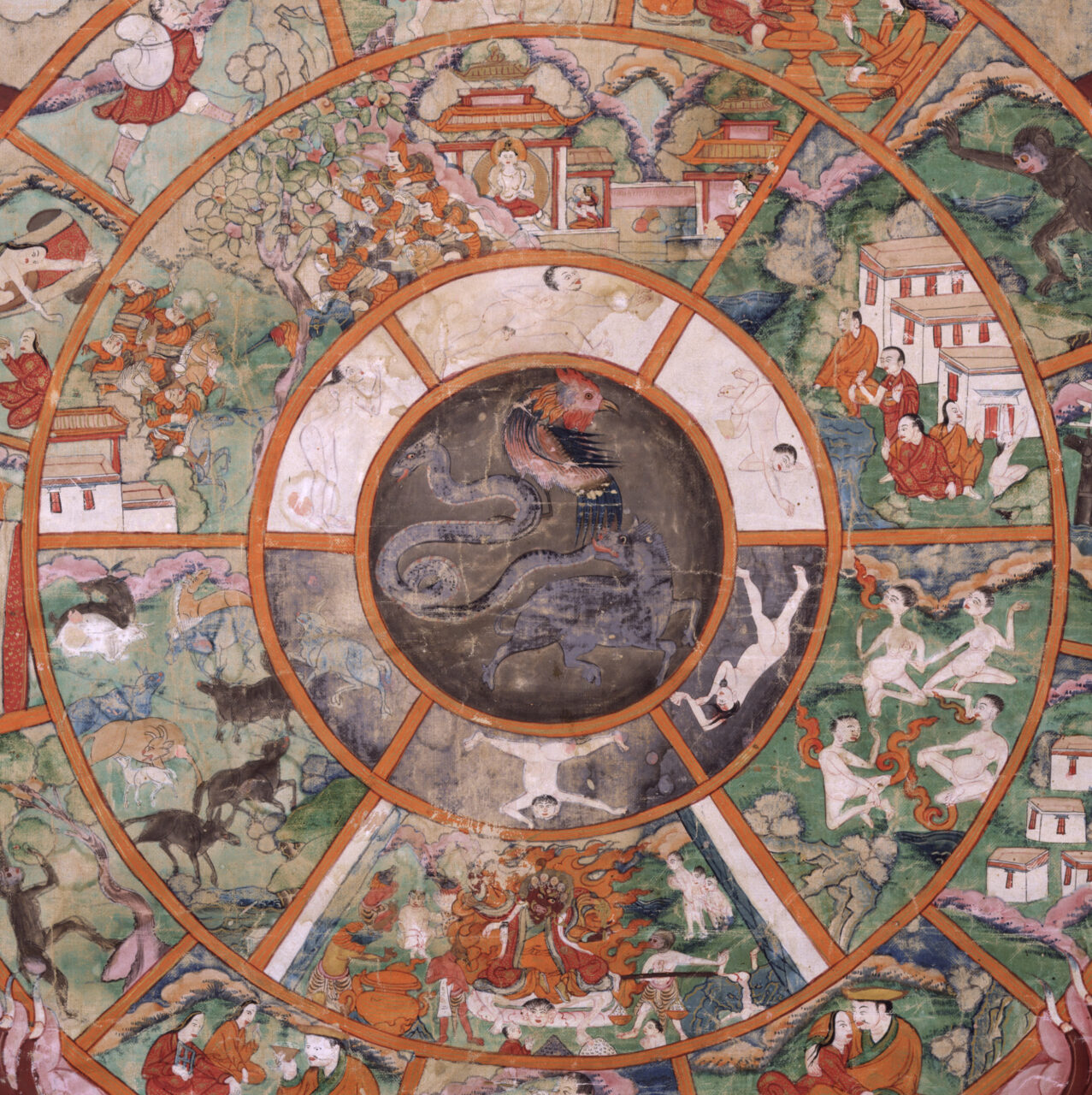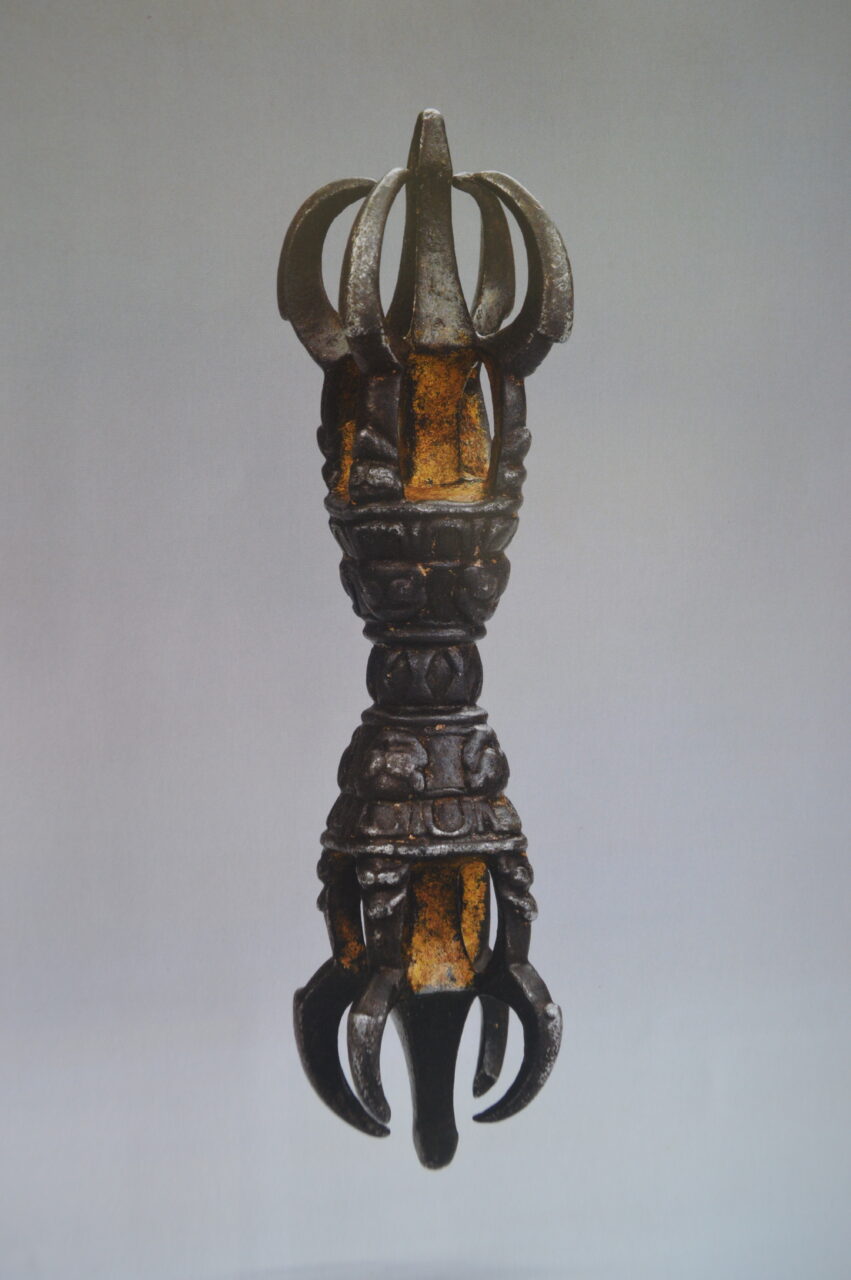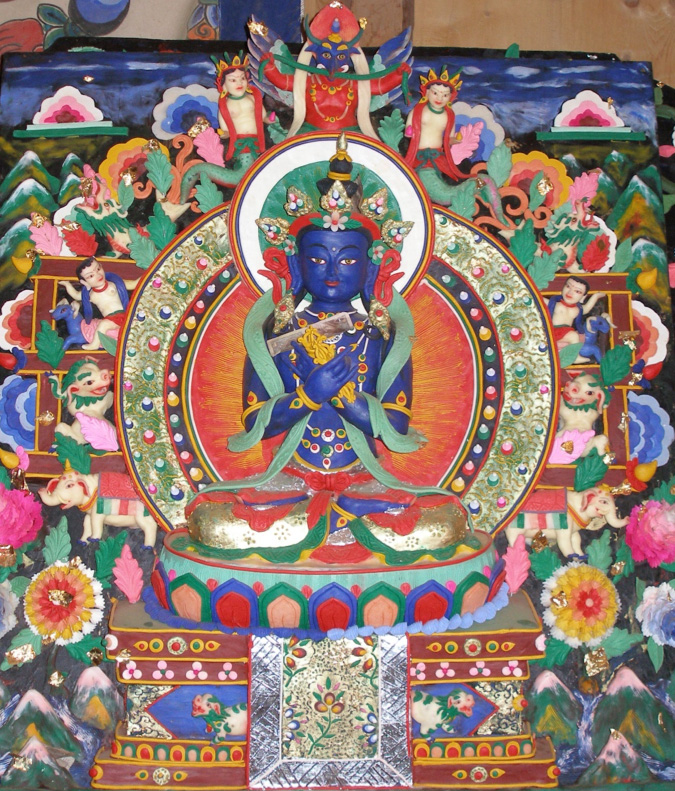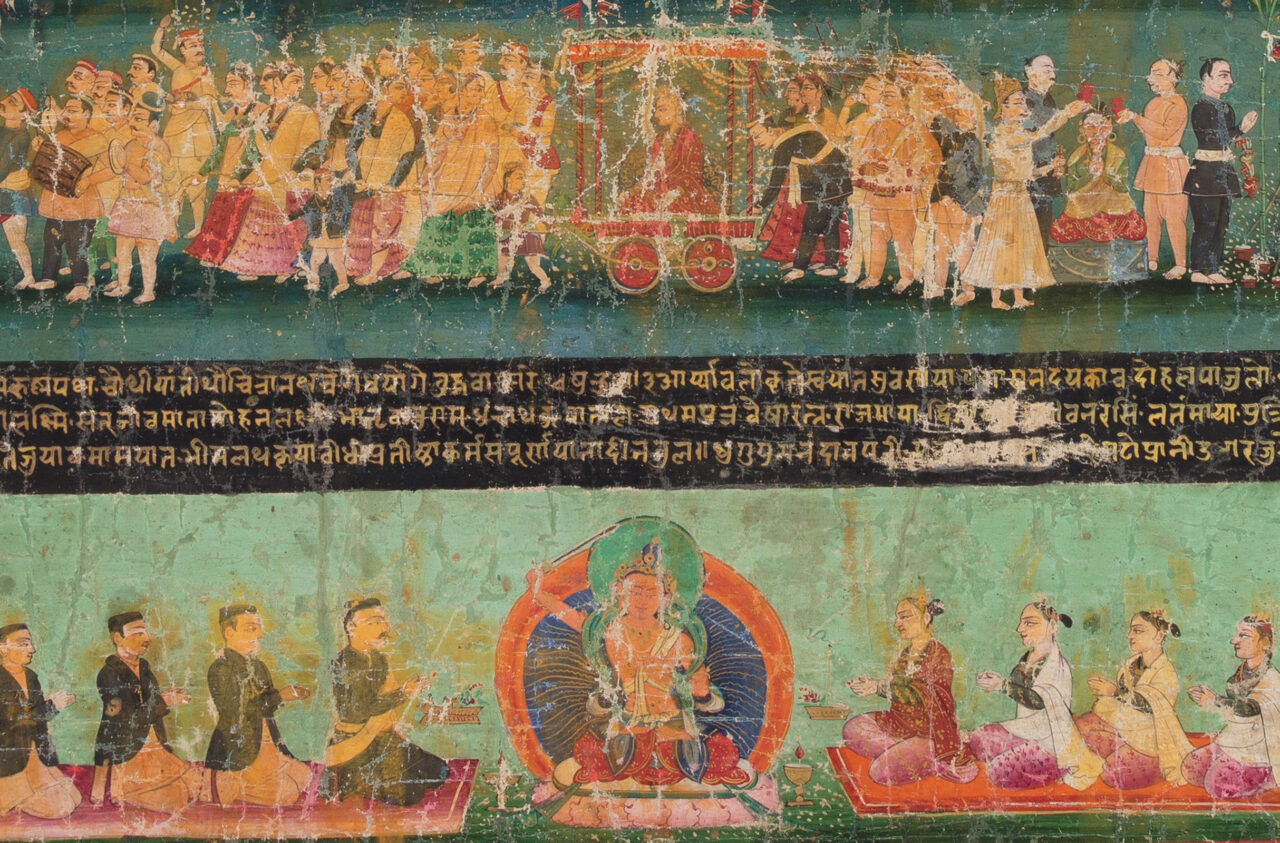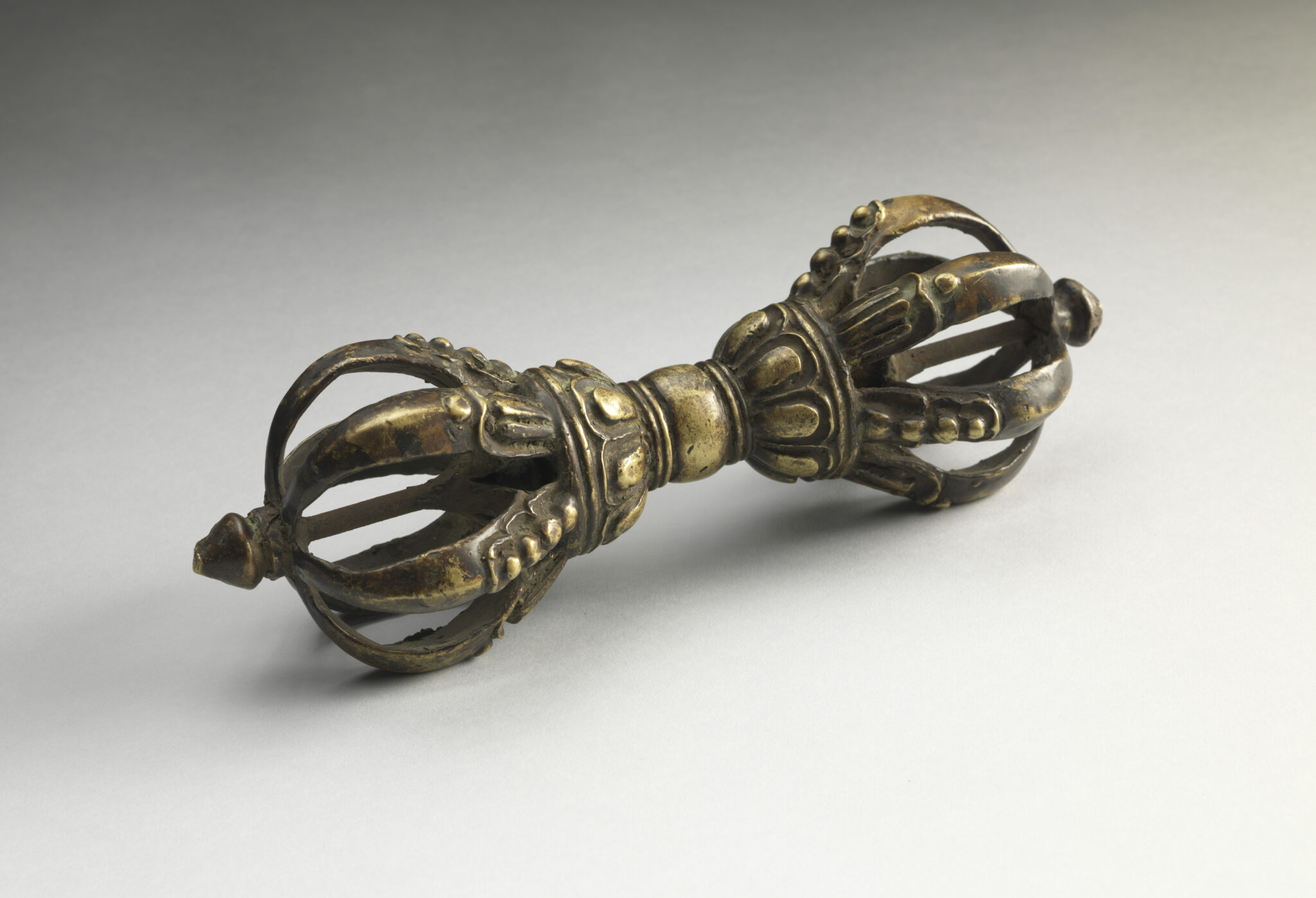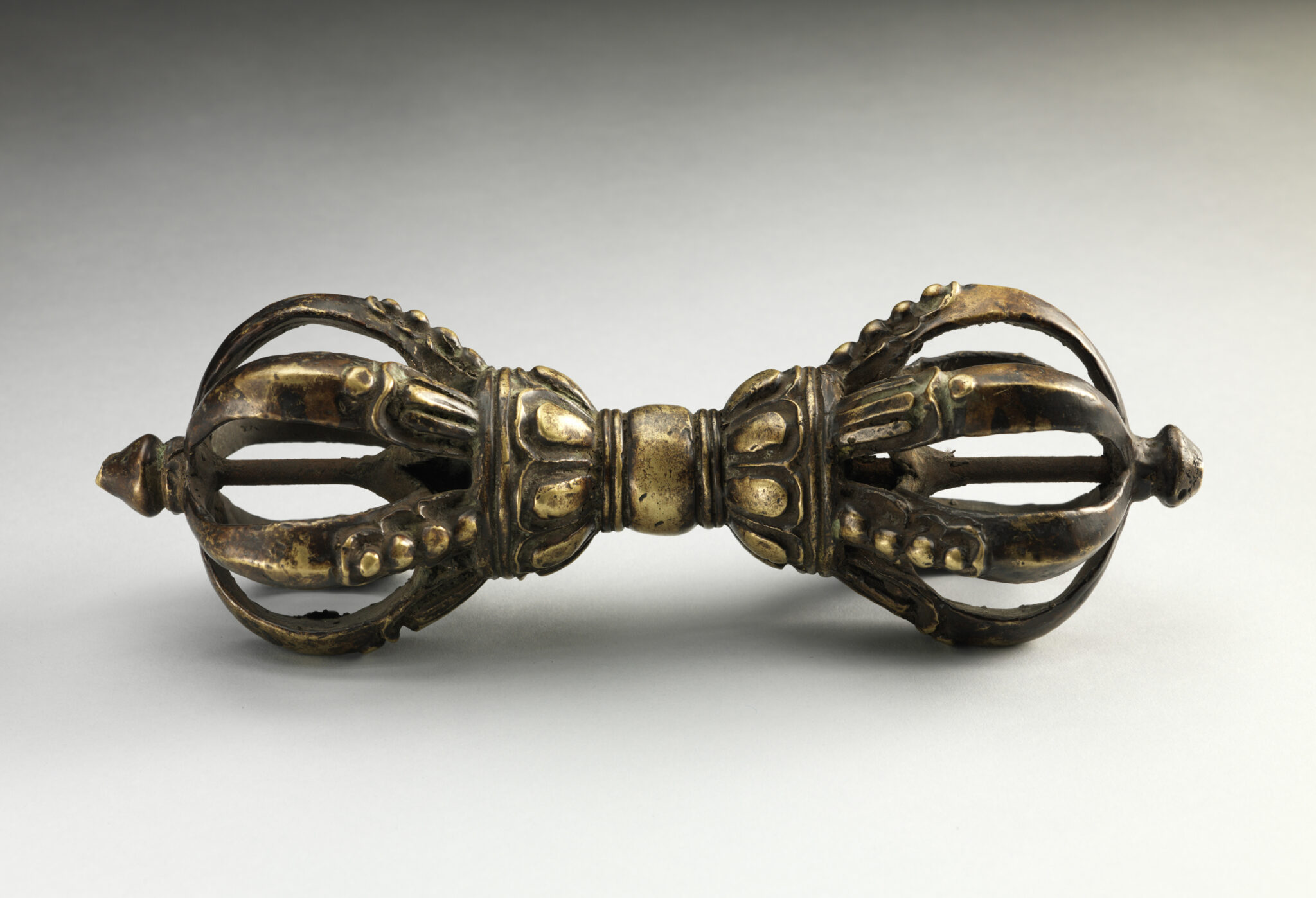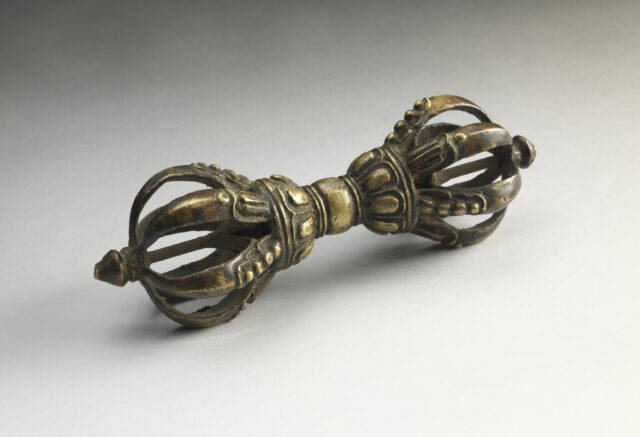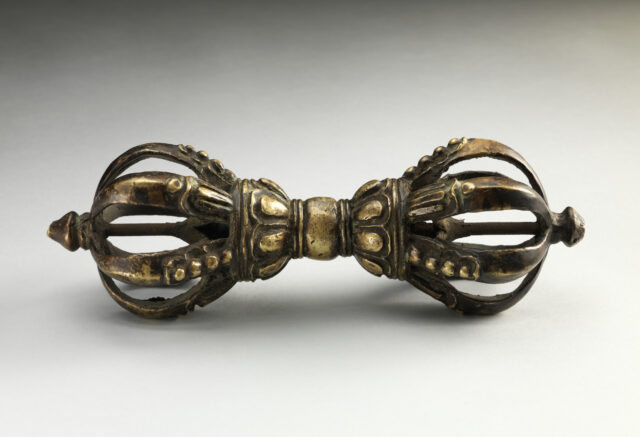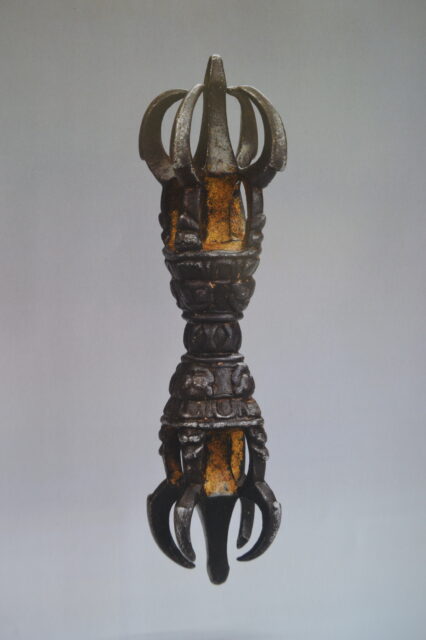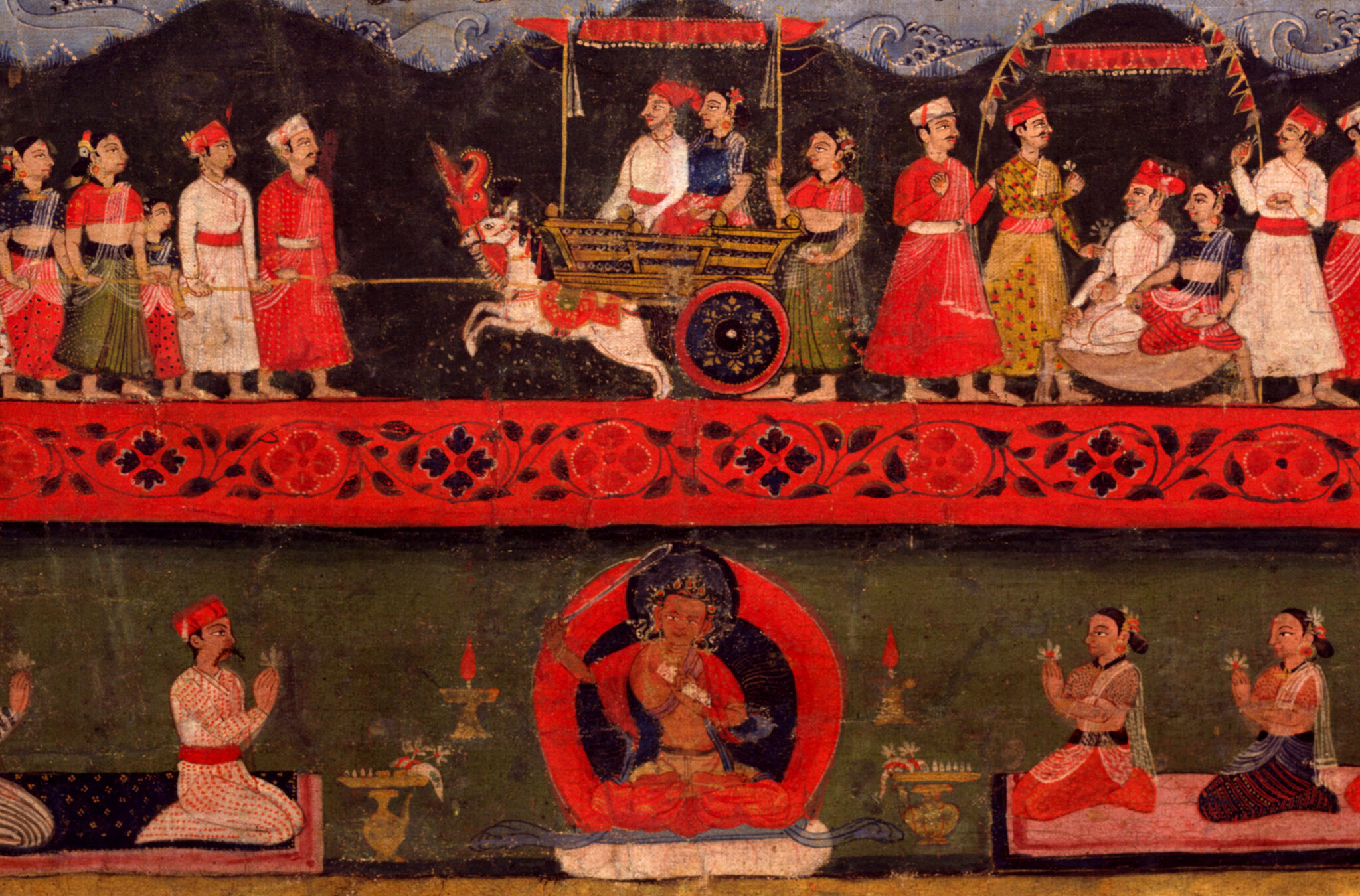
In Himalayan cultures most objects are created with a specific purpose, often in the context of religious practices or special occasions marking life events, but also as part of everyday secular activities. These images and objects function as part of living practices, whether individual, familial, professional, or communal.
In this section
in this sectionRitual
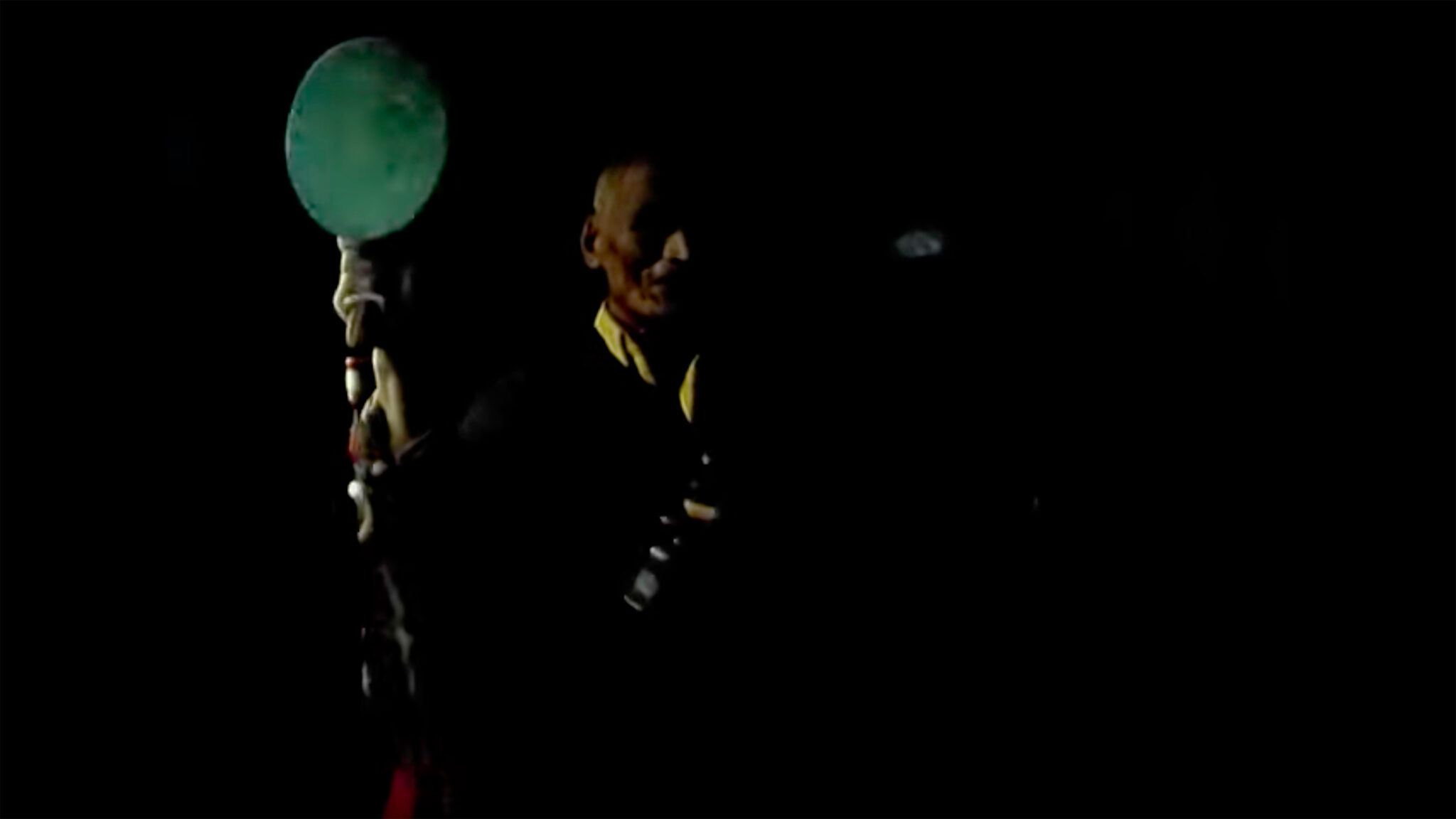
See a monk performing a ritual in Bhutan (24:07-27:05). From the film by Marie-Noëlle Frei-Pont made in 1974-1982. Reproduced with permission. Travel with Claudio, "Country Life in the Bumthang Valley Bhutan 1974 – 1982," YouTube, 1:22:14, https://youtu.be/K3Bjr8K_DEw.
Objects in the Exhibition
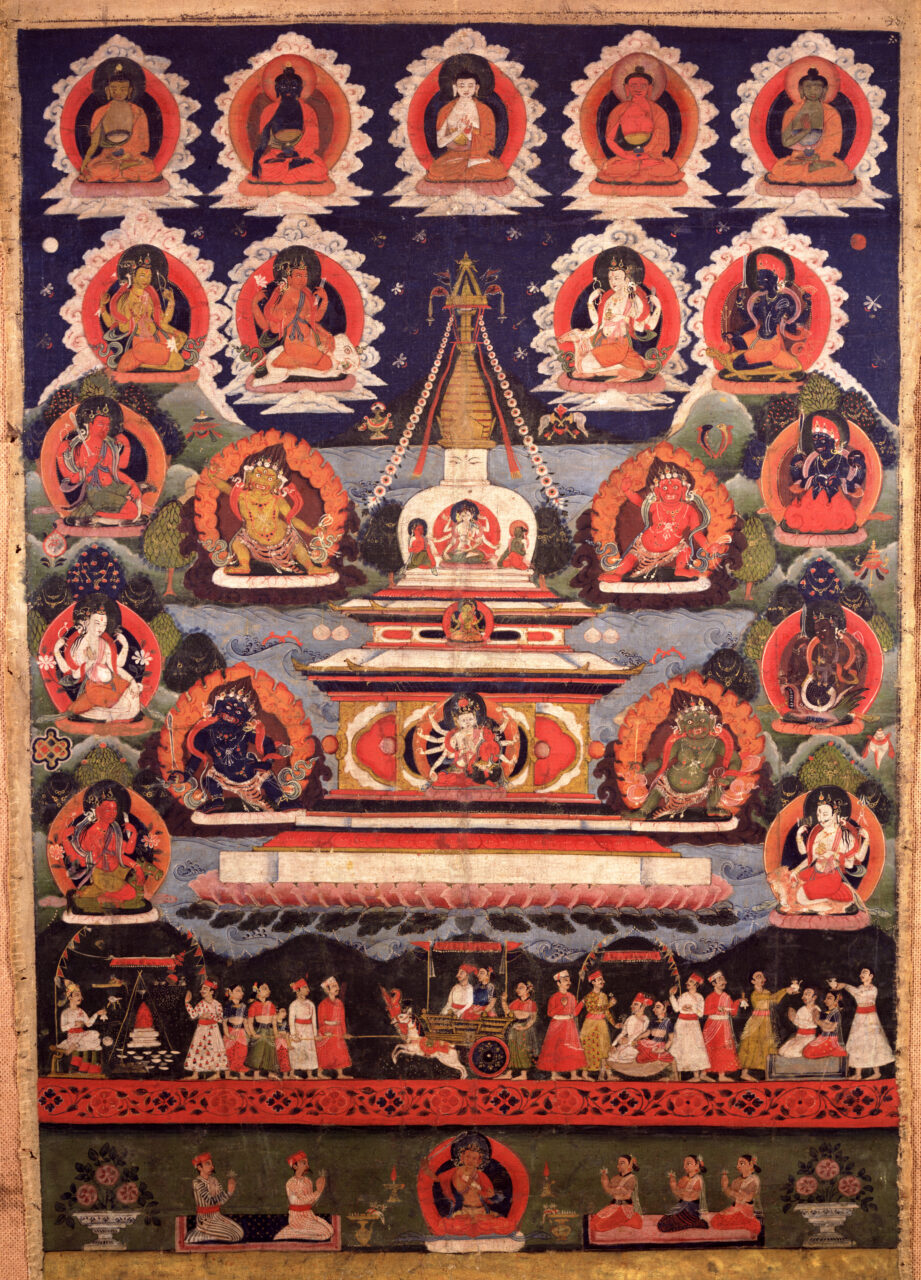
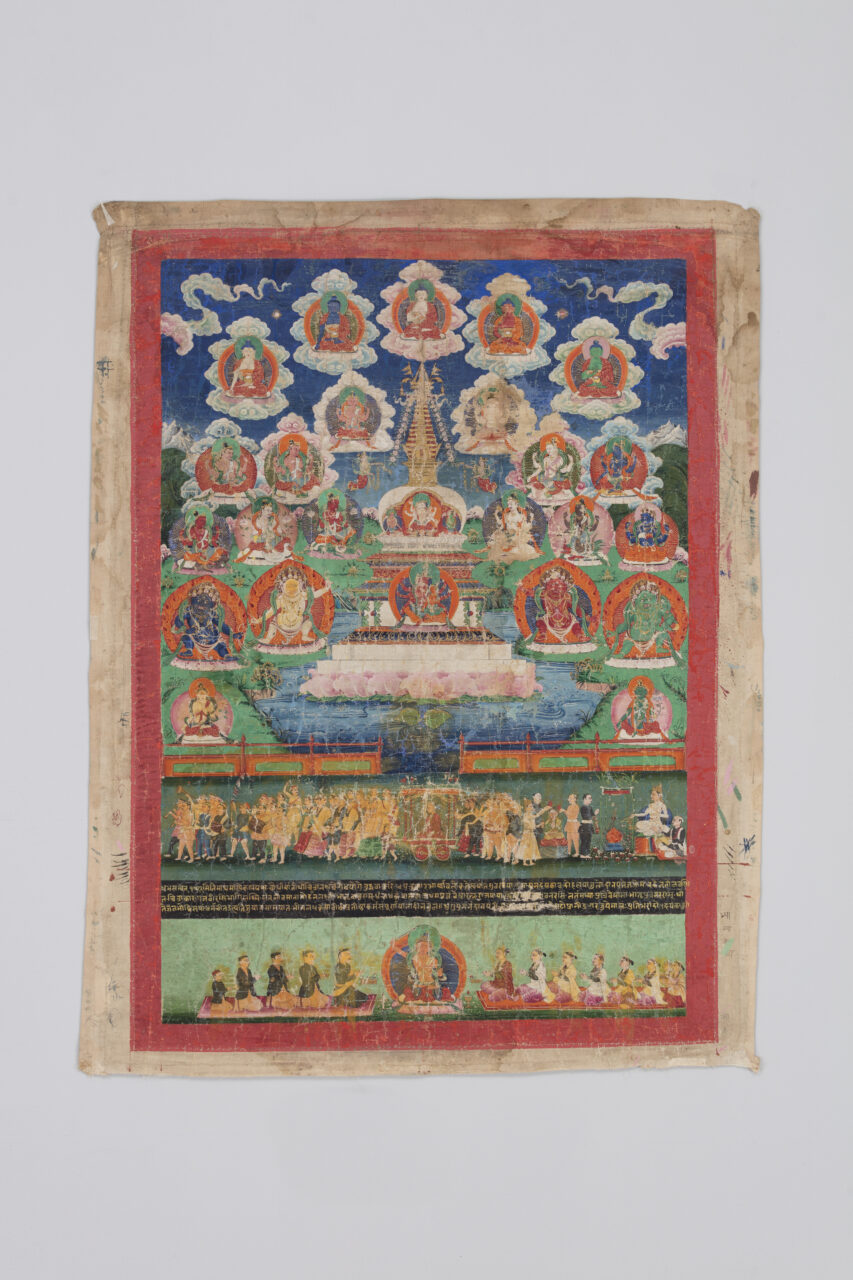
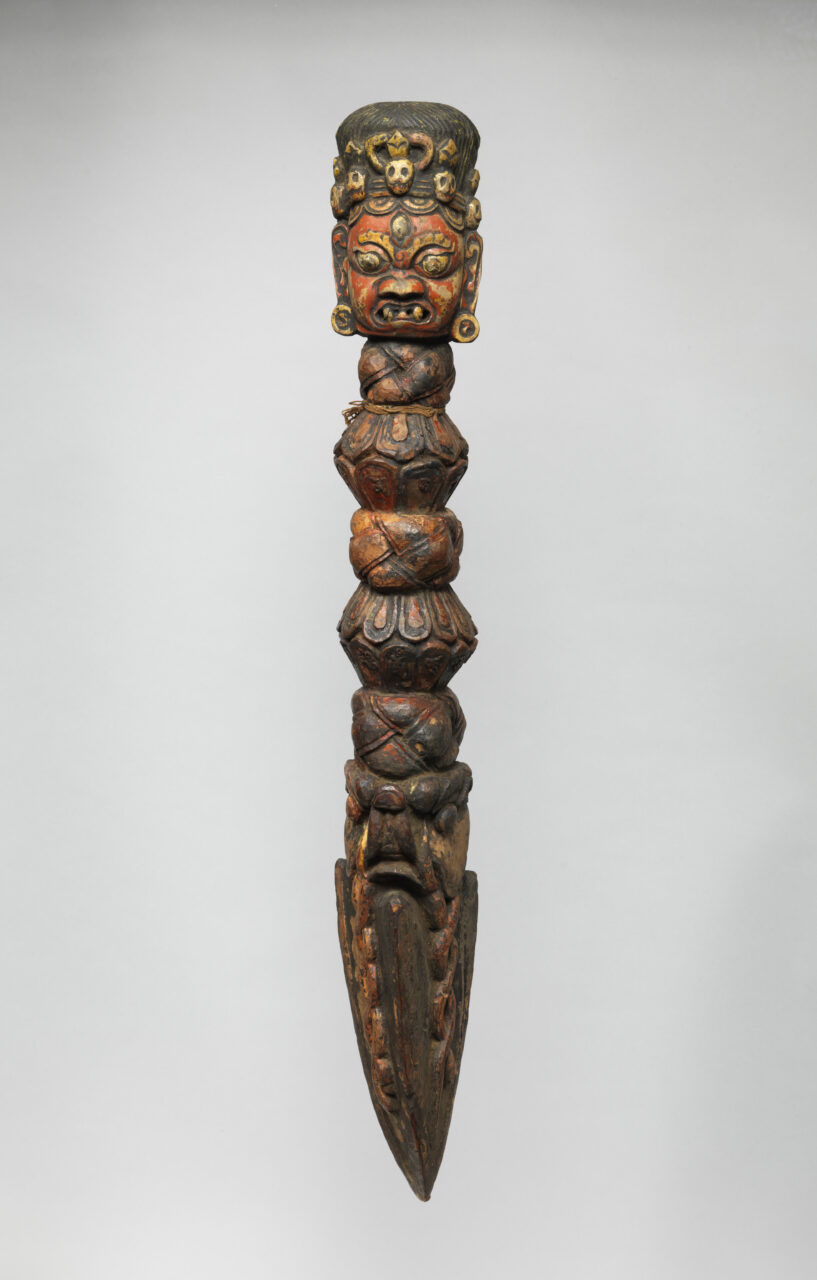
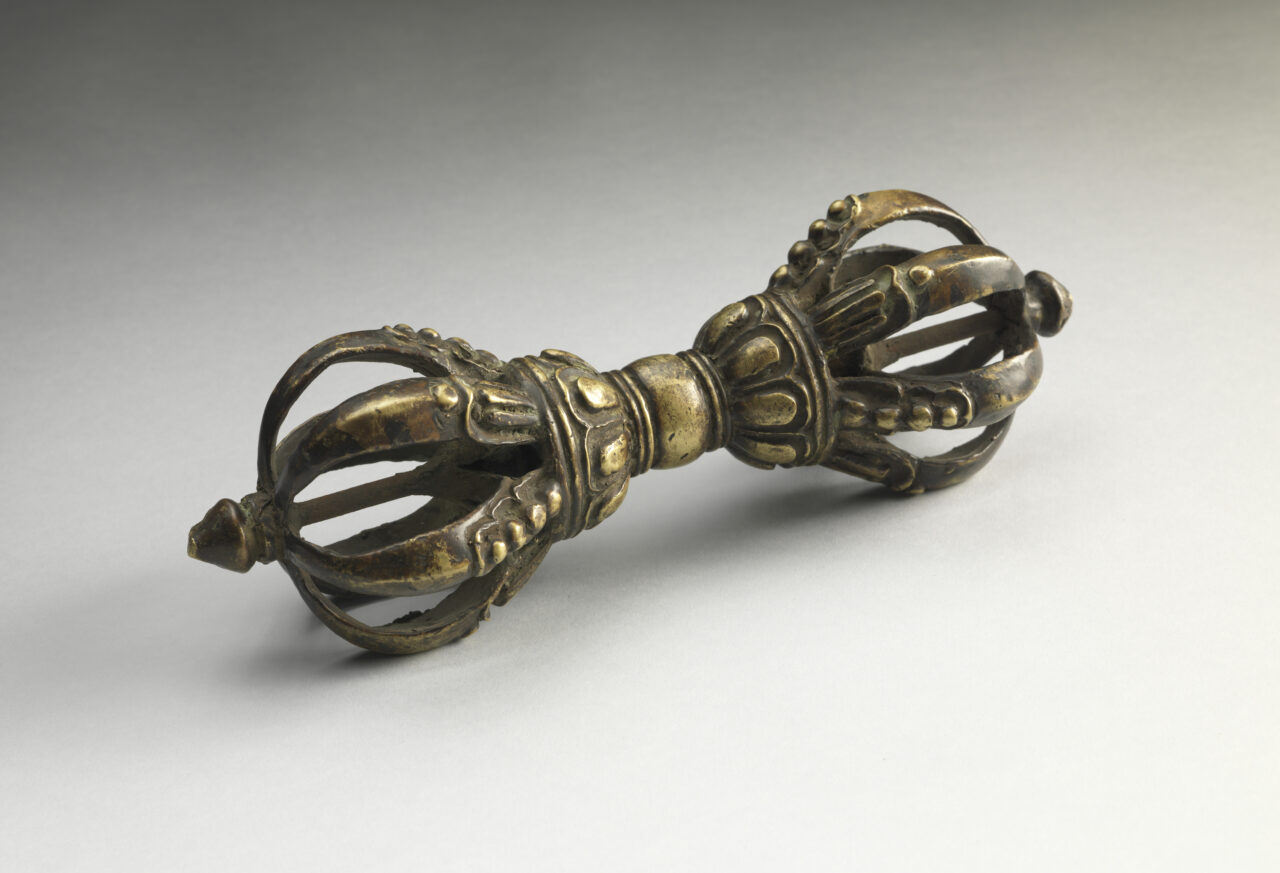
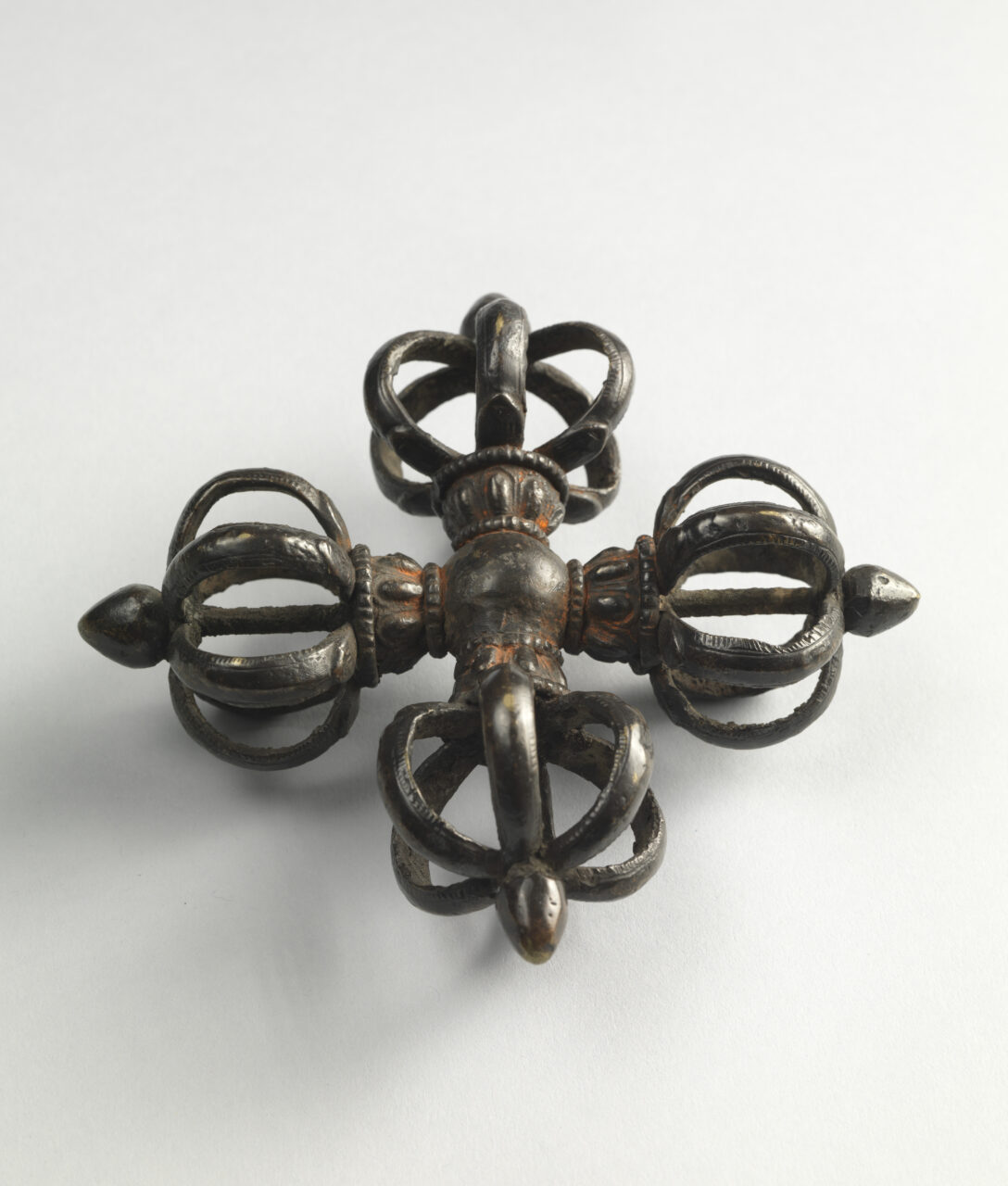
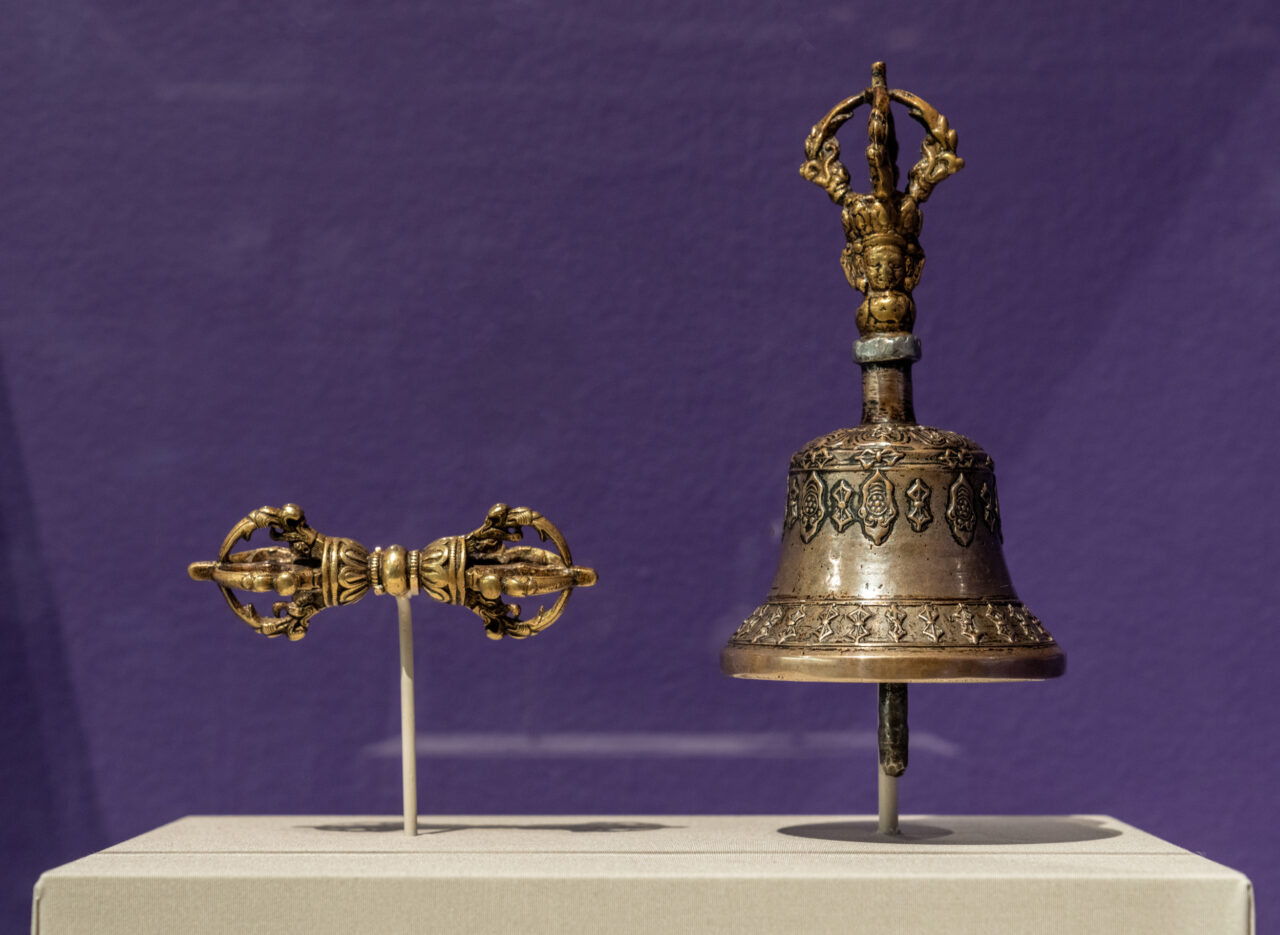
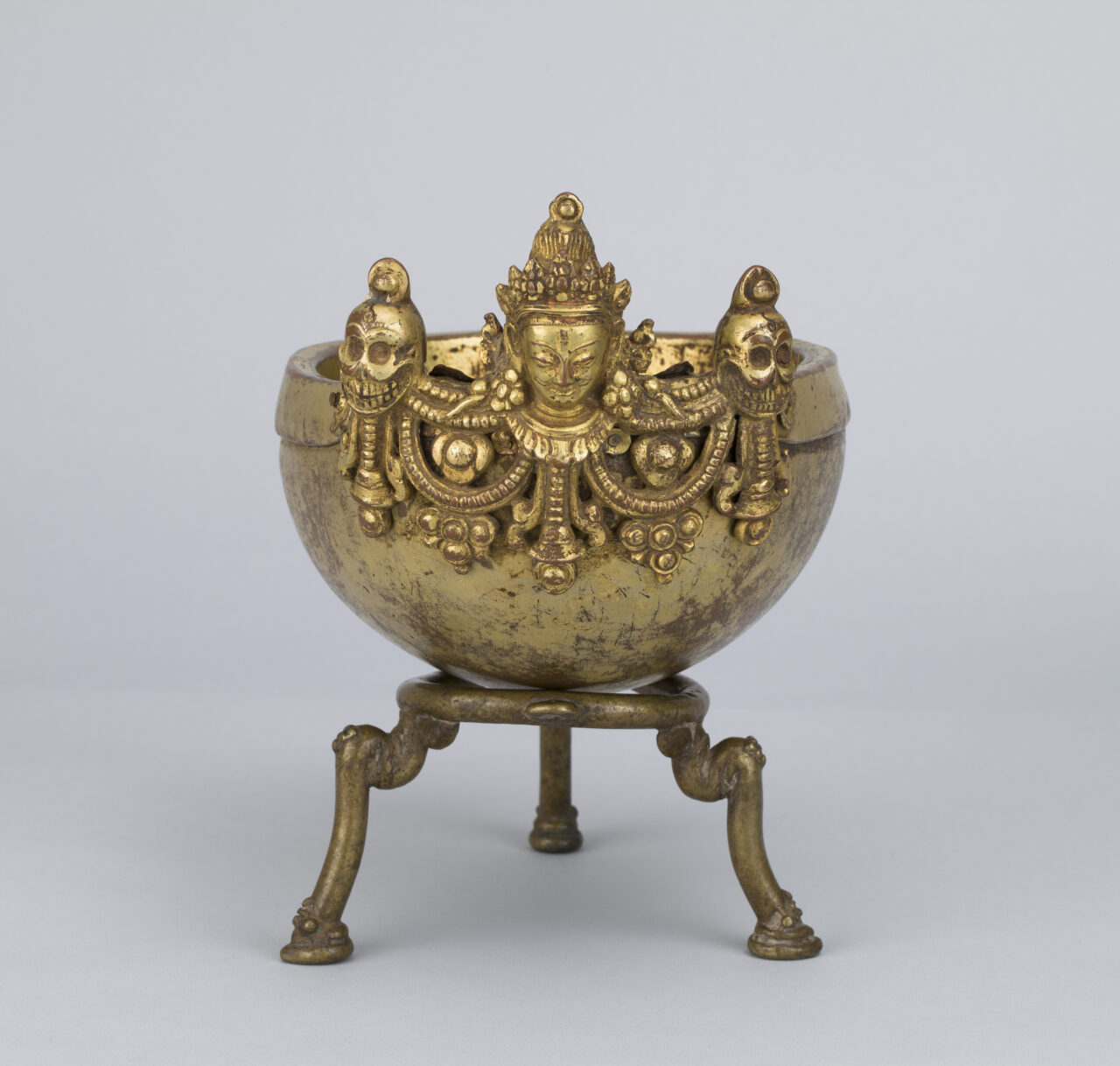
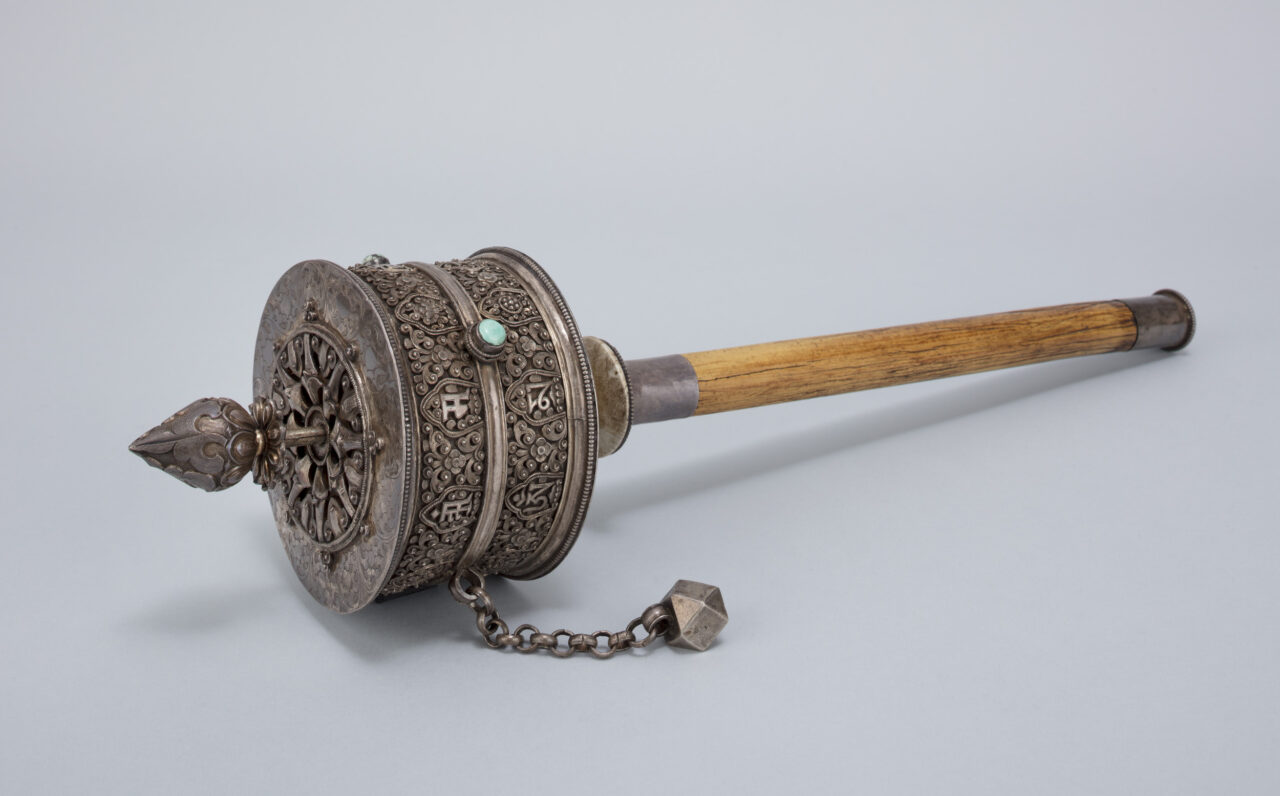
Related:
Lorem ipsum dolor sit amet consectetur adipisicing elit. Cum nihil placeat pariatur deserunt eius ullam incidunt maxime sunt ipsam. Ipsa, provident, laudantium, rem assumenda laboriosam veniam autem voluptas sint officia distinctio enim aut explicabo fuga animi voluptatum earum recusandae excepturi atque dignissimos iste? Exercitationem, praesentium eum. Harum ut maiores expedita exercitationem perspiciatis soluta aperiam dolores natus unde, sequi vitae debitis ex aliquam quas eum reprehenderit esse. Cumque amet et earum necessitatibus, repellendus ullam ducimus corporis architecto culpa placeat eum odit cum iure illo vitae rerum! Ullam et suscipit culpa? Eos voluptatum laudantium iste vero impedit adipisci maxime magni natus voluptatibus.
Sign up for our emails
Get the latest news and stories from the Rubin, plus occasional information on how to support our work.




